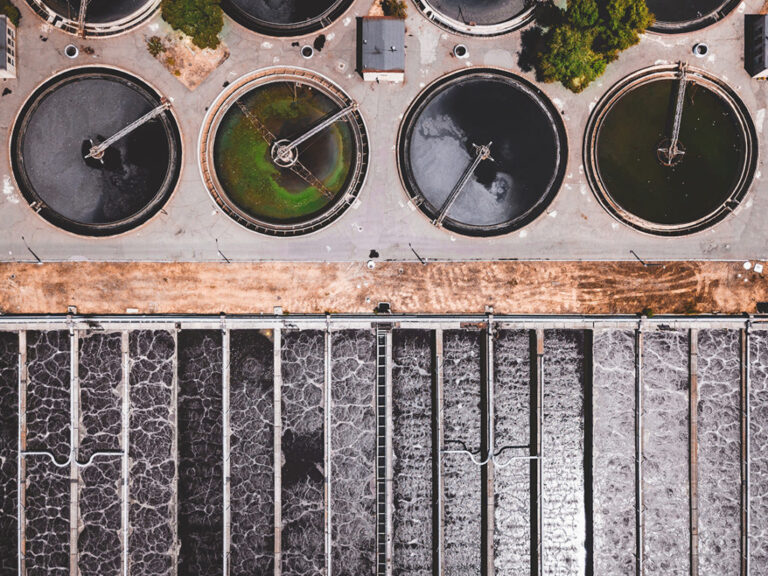Result description
Optimization of the acidogenic phase showed that anaerobic granules used were capable of converting the organic matter present in the pickling wastewater to fermented product even at sodium concentrations as high as 58 gNa+/L. At pH 6.5, an acidification degree up to 80.7±19.2% was reached at an organic loading rate of 1.24 gCOD/L.d. Regarding to the methanogenic reactor, the start-up with feeding the fermented wastewater with high sodium (30 gNa+/L), was unsuccessful since no biogas was produced and the fermentation products were not consumed, even after 60 days of operation. This result showed that, the microbial community was not able to start their activity under high salinity content. However, the second strategy imposed, i.e., adapting the microbial culture to increasing amounts of sodium proved to be successful. Using this strategy, the microbial community was capable to withstand with sodium concentration up to 14 gNa+/L, producing 0.50 LCH4/d with a productivity of 0.23 LCH4/(L.d)) and no apparent destruction of the anaerobic granules. Overall, the obtained results have demonstrated the feasibility of using anaerobic granules for the treatment of high salinity wastewater.
Addressing target audiences and expressing needs
- Other blended financing
- Collaboration
Collaboration with other technological institutes to find new applications for the developed products. Find new companies interested in exploitation posibilities. Funding schemes to move the created technology to industrialization level.
- Public or private funding institutions
- International Organisations (ex. OECD, FAO, UN, etc.)
- Research and Technology Organisations
R&D, Technology and Innovation aspects
Result submitted to Horizon Results Platform by BIBOAQUA SL






















 Please
Please  Get instant access to tailored funding opportunities that perfectly match your needs. This powerful feature is exclusively available to our premium members—helping you save time, stay ahead of the competition, and secure the right funding faster.
Get instant access to tailored funding opportunities that perfectly match your needs. This powerful feature is exclusively available to our premium members—helping you save time, stay ahead of the competition, and secure the right funding faster. Curious about who’s viewing your listings? Unlock insights into your last 20 visitors and discover potential leads instantly!
Curious about who’s viewing your listings? Unlock insights into your last 20 visitors and discover potential leads instantly!